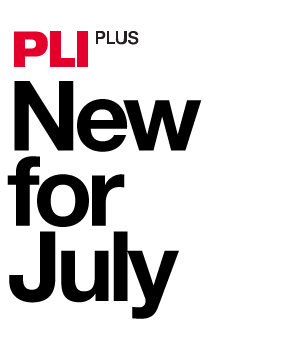
Technology Transactions enables practitioners to draft, review, and negotiate technology transaction agreements. Readers will encounter a trove of sample forms and best practices for negotiating some of the most common and sophisticated types of technology transactions. The book specifically covers issues relevant to software license, technology escrow, non-disclosure, domain name transaction, and cloud computing agreements. It also discusses the relevant privacy and intellectual property regulations lawyers should consider when drafting transactional documents.
Highlights of the new release include:
- Chapter 4: A new section discusses the increasing adoption of sovereign cloud solutions and industry-specific clouds (see section 4:2.2[G]).
- Chapter 5: Updated content discusses ICANN’s proposal of the new WHOIS Disclosure System which would facilitate access to nonpublic registration data associated with generic top-level domains (gTLDs) (see section 5:2.1[A]).
- Chapter 11: New content discusses the increased use of efforts provisions in commercial agreements, the variants of the clauses that have been introduced, and issues litigated (see section 11:4), including the enforceability of such clauses (see section 11:4.1), efforts hierarchies in determining whether the standard was met (see section 11:4.2), and defining efforts standards (see section 11:4.3).
- Chapter 19: Updated discussion describes the nine new elements that an information security program must include (see section 19:4.2).
- Chapter 20: New content previews California’s Age-Appropriate Design Code Act which will take effect in 2024 (see section 20:7).
Order a print copy today.
PLI PLUS subscribers can access this title through their subscription.









